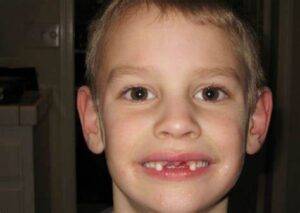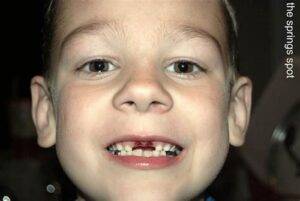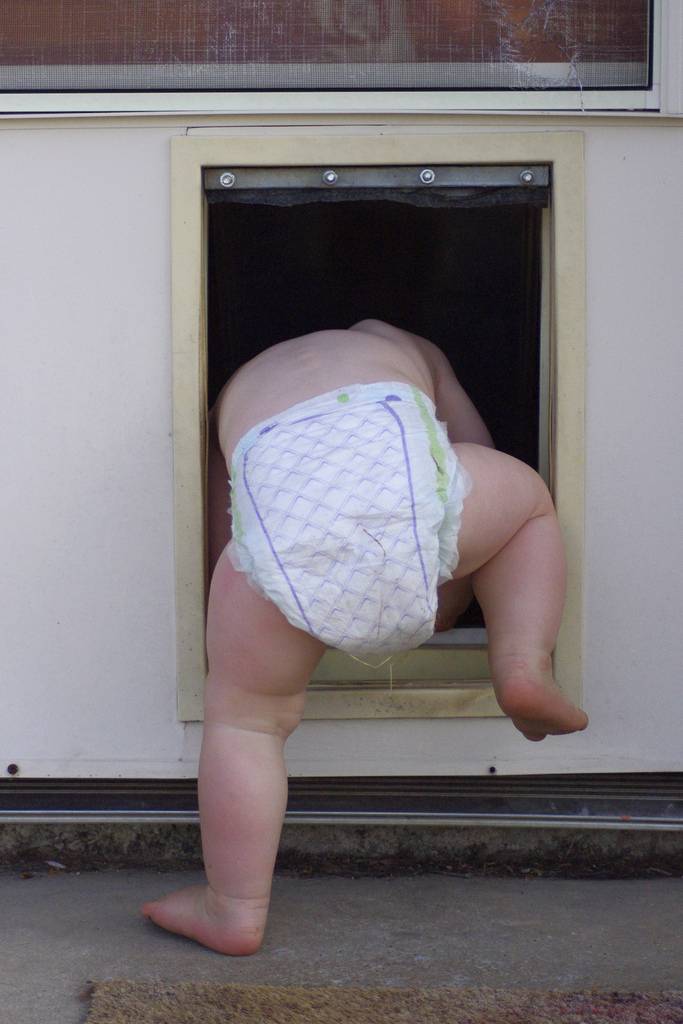Scurvy may conjure images of 17th-century pirates and sailors, but the truth is, this vitamin C deficiency disorder is not a relic of the past. Despite living in an age of advanced healthcare and easy access to nutrition, scurvy continues to present itself in various demographics, including children. As a pediatrician specializing in obesity medicine, I want to empower parents with a comprehensive understanding of scurvy—its causes, symptoms, treatment, and prevention.

What is Scurvy?
Scurvy is a disease caused by a lack of vitamin C, or ascorbic acid, in the body. Vitamin C plays a crucial role in collagen synthesis, which is vital for skin, blood vessels, and connective tissues. Lack of this vitamin can result in swollen bleeding gums, fatigue, joint pain, and even the reopening of previously healed wounds. While rare, scurvy is not extinct, and ignorance about it can have dire consequences.
The Causes of Scurvy
Nutritional Deficiency
The primary cause of scurvy is insufficient intake of vitamin C. This can occur due to:
- Poor diet lacking in fruits and vegetables
- Overcooking food, which destroys vitamin C content
- Reliance on processed foods, which often lack essential nutrients
Other Contributing Factors
- Malabsorption issues, such as Crohn’s disease
- Food allergies that limit the intake of vitamin C-rich foods
- Economic factors, like low income and lack of access to fresh produce

Recognizing Scurvy: Symptoms and Signs
Scurvy manifests in stages, and early diagnosis can lead to quick recovery. Here are symptoms to watch out for:
- Fatigue: A common early sign, often dismissed as general tiredness.
- Bleeding Gums: Swollen, purple-tinged gums that bleed easily are a classic symptom.
- Joint Pain: Pain in the limbs and joints may occur.
- Anemia: Scurvy can lead to a decrease in the ability to produce hemoglobin.
- Old Wounds Reopen: A scary manifestation is the reopening of old wounds due to collagen degradation.
Diagnosis and Treatment
Diagnostic Measures
- Blood tests to check vitamin C levels
- Detailed medical history and physical examination
- Skin and gum checks
Treatment Protocols
- Immediate Vitamin C Supplementation: Often starts with high doses that are gradually reduced.
- Dietary Changes: Incorporation of vitamin C-rich foods like oranges, strawberries, and bell peppers.
- Monitoring: Regular check-ups to monitor vitamin C levels and overall health.

Prevention: The Best Cure
- Balanced Diet: Ensure a diet rich in vitamin C, focusing on fruits and vegetables.
- Education: Teach children about the importance of vitamin C from an early age.
- Consult Healthcare Providers: Especially important if your child has malabsorption issues or food allergies.
Final Thoughts: An Old Disease in a New World
Scurvy is an entirely preventable disease that has no place in the modern world. Yet, its continued existence highlights the crucial need for parental awareness and education. Early detection and treatment can completely reverse the symptoms, making knowledge your most potent weapon against this old but persistent ailment.
References
- CDC – Nutritional Deficiencies
- American Academy of Pediatrics – Vitamin C
- National Institutes of Health – Vitamin C
Disclaimer: The information in this article is intended for educational purposes and should not replace professional medical advice.



